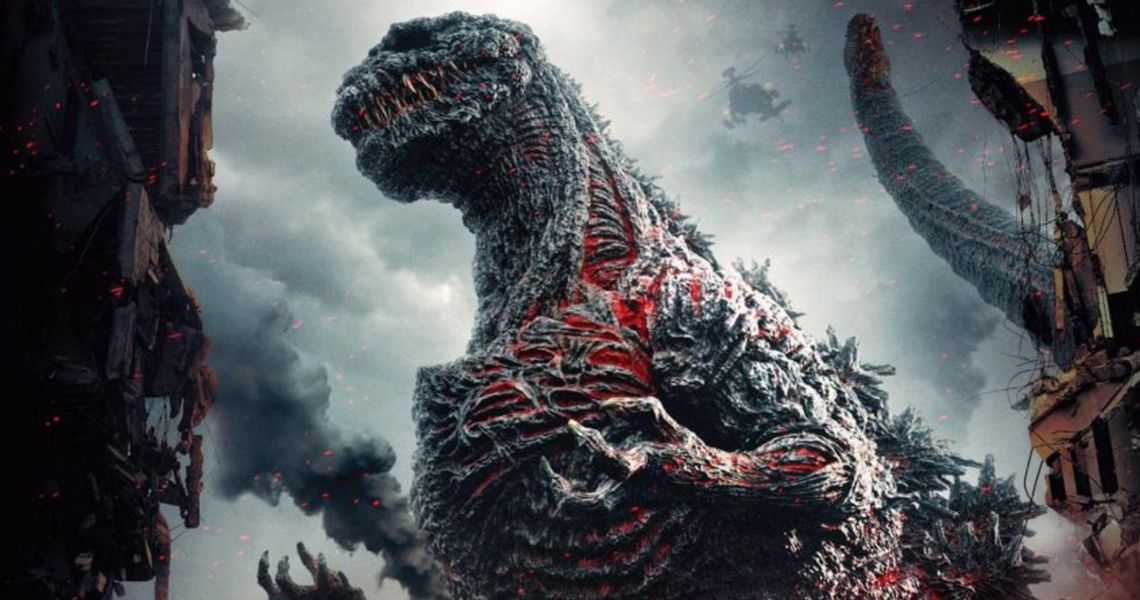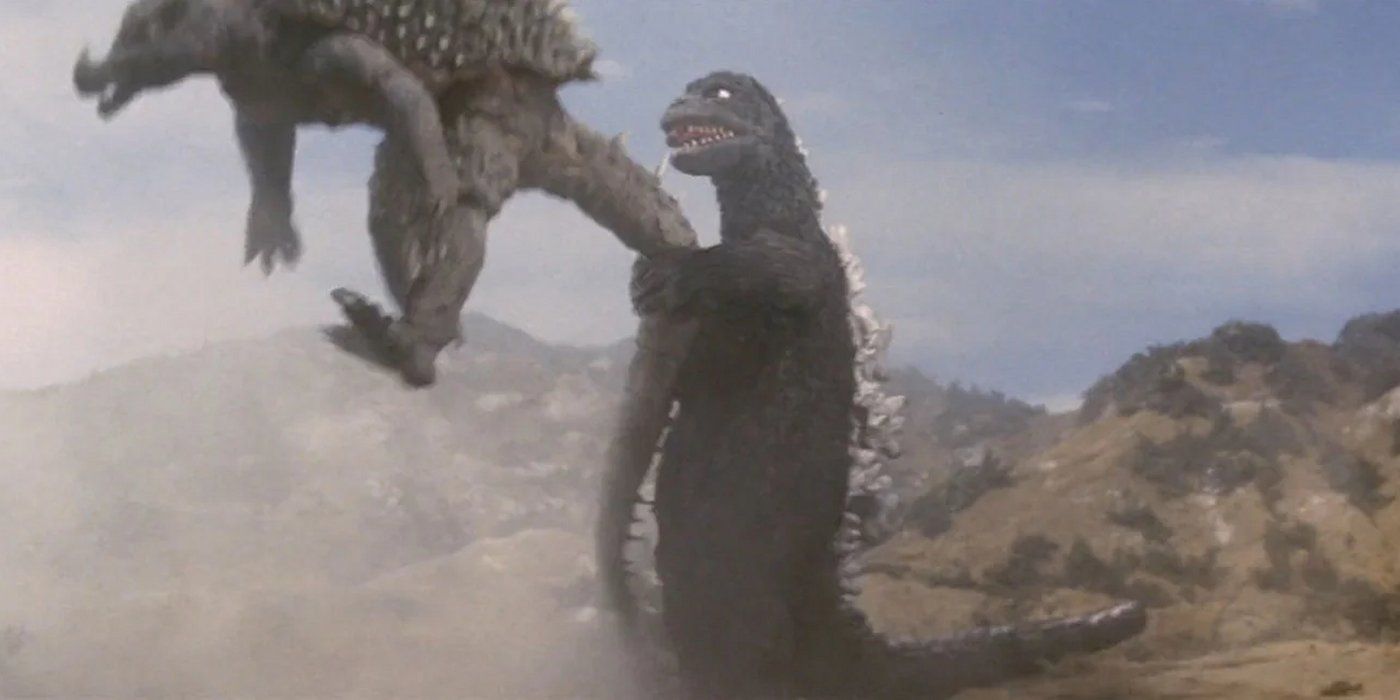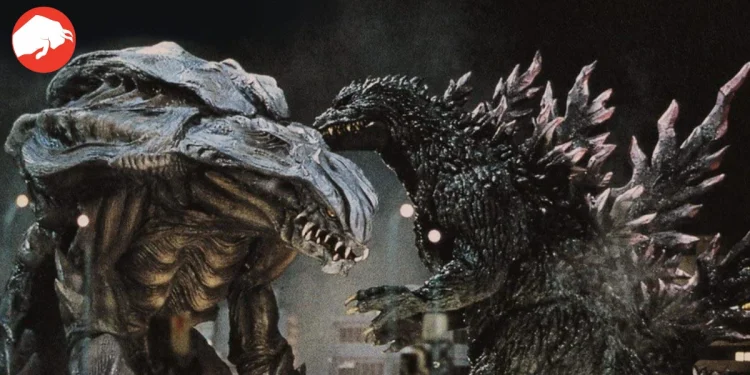Unveiling the Mastery of Kaiju Visual Effects in Modern Godzilla Movies
In the realm where monstrous creatures magnify the true aspects of horror and cataclysmic destruction, Shin Godzilla emerges as an exemplary feat of cinematic genius. Conceived by Hideaki Anno, the maestro behind Evangelion, the 2016 release artfully deploys a riveting vision of Godzilla – an entity perpetually adapting to encountered perils.
An enlightening delve into the visual effects of Shin Godzilla and contrasting counterparts from America’s MonsterVerse was undertaken by the aficionados of Corridor Crew’s YouTube channel. Notably, Niko, Sam, and Wren, in their renowned series “VFX Artist React to Bad & Great CGI”, navigated through the technical and artistic domains encapsulated within Shin Godzilla, exploring the creature’s lively and devastatingly realistic representation.
Niko observed, “the CG one looks like the animatronic one,” underscoring the precise and seemingly effortless amalgamation of CG and animatronics in realizing the ever-evolving Godzilla. He lauded the commendable utilization of miniature sets, CG, and an impeccable blend of classic Kaiju movie aesthetics with a tangible, grounded vision.

The Evolutionary Journey of Godzilla’s Cinematic Presence
Embarking upon a cinematic voyage that spans nearly seven decades, Godzilla, originating as Ishiro Honda’s emblematic creature symbolizing nuclear apprehensions back in 1954, has witnessed a transformative journey in its portrayal.
An initial conjuring of Godzilla involved a meld of hand puppeteering and the exhaustive efforts of performers Haruo Nakajima and Katsumi Tezuka, who donned a hefty 220-pound suit, alternating roles to breathe life into the terrifying creature.

As the beast traversed from the material world to the digital domain, Roland Emmerich’s 1998 iteration marked a significant transition, integrating CG effects whilst maintaining the utilization of practical effects and suits. This juxtaposition of traditional and contemporary visual effects exemplified a seismic shift in the franchise’s visual narrative.
Exploring Anno’s Technological and Artistic Triumph with “Shin Godzilla”
Shin Godzilla, while an homage to the practical and digital methodologies of the Kaiju genre, distinctly establishes its unique foothold in the cinematic universe by intertwining the tangible and the virtual so seamlessly. The brilliance emanates not merely from the visual mastery but from the poignant narrative that this harmonic blending elucidates. With the cataclysmic creature gallivanting amid miniature sets, viewers are catapulted into a realm that juggles the authentic classic Kaiju feel and a viscerally realistic viewpoint.

Forging Ahead: The Anticipated Impact on Future Kaiju Films
As we delve into the intricate and multi-faceted world of Kaiju cinema, the innovative approaches and striking visual narratives curated by Anno in Shin Godzilla delineate a pathway, potentially guiding future endeavors by Legendary and Toho.
Niko’s acknowledgment of the cinematography and motion capture rendering the creatures genuine, contrasting starkly with the “three wrestlers in the ring” semblance in the MonsterVerse’s Godzilla VS. Kong, highlights the palpable potential for a resurgence of Anno’s methodology.
Looking toward the horizon, where digital artistry and traditional puppetry might find a symbiotic existence in cinematic storytelling, the foundations laid by Shin Godzilla promise a vibrant future. The manner in which filmmakers navigate the chasm between embodying physical horror and the profound existential terror, so quintessentially Kaiju, will undeniably carve the trajectory for Godzilla and his monstrous cohorts in the realms of cinema that lay ahead.









